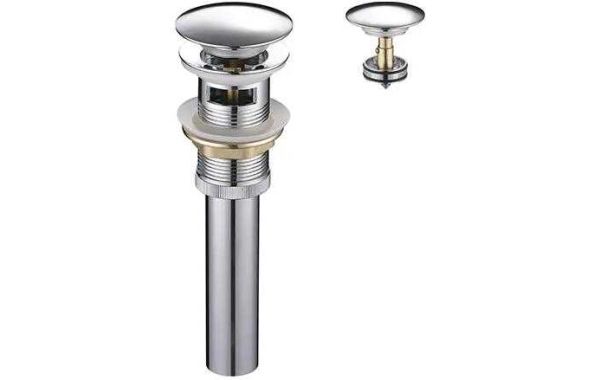Anti-odor floor drains have become increasingly popular in both residential and commercial settings due to their ability to prevent foul odors from permeating the environment. These innovative drains are designed to trap unpleasant smells, block sewer gases, and maintain a fresh and clean atmosphere. However, certain situations may arise during the use of anti-odor floor drains that require attention and appropriate measures.
One common situation is water evaporation from the drain trap. The water in the trap creates a seal that prevents odors from escaping through the drain. However, if the floor drain is not used frequently, the water in the trap can evaporate, compromising its effectiveness. To address this, periodically pour water down the drain to replenish the trap and maintain the odor barrier. It is also advisable to cover the drain when it is not in use, preventing excessive evaporation.
Another situation that may occur with anti-odor floor drains is blockages or clogs. Over time, debris, hair, soap residue, and other substances can accumulate in the drain, obstructing the flow of water and causing unpleasant odors. Regular cleaning and maintenance are essential to prevent blockages. Remove the drain cover and clean any visible debris or residue. For deeper cleaning, use a drain snake or pour a mixture of hot water and vinegar down the drain to dissolve accumulated debris. Avoid using harsh chemicals, as they can damage the drain or trap components.






